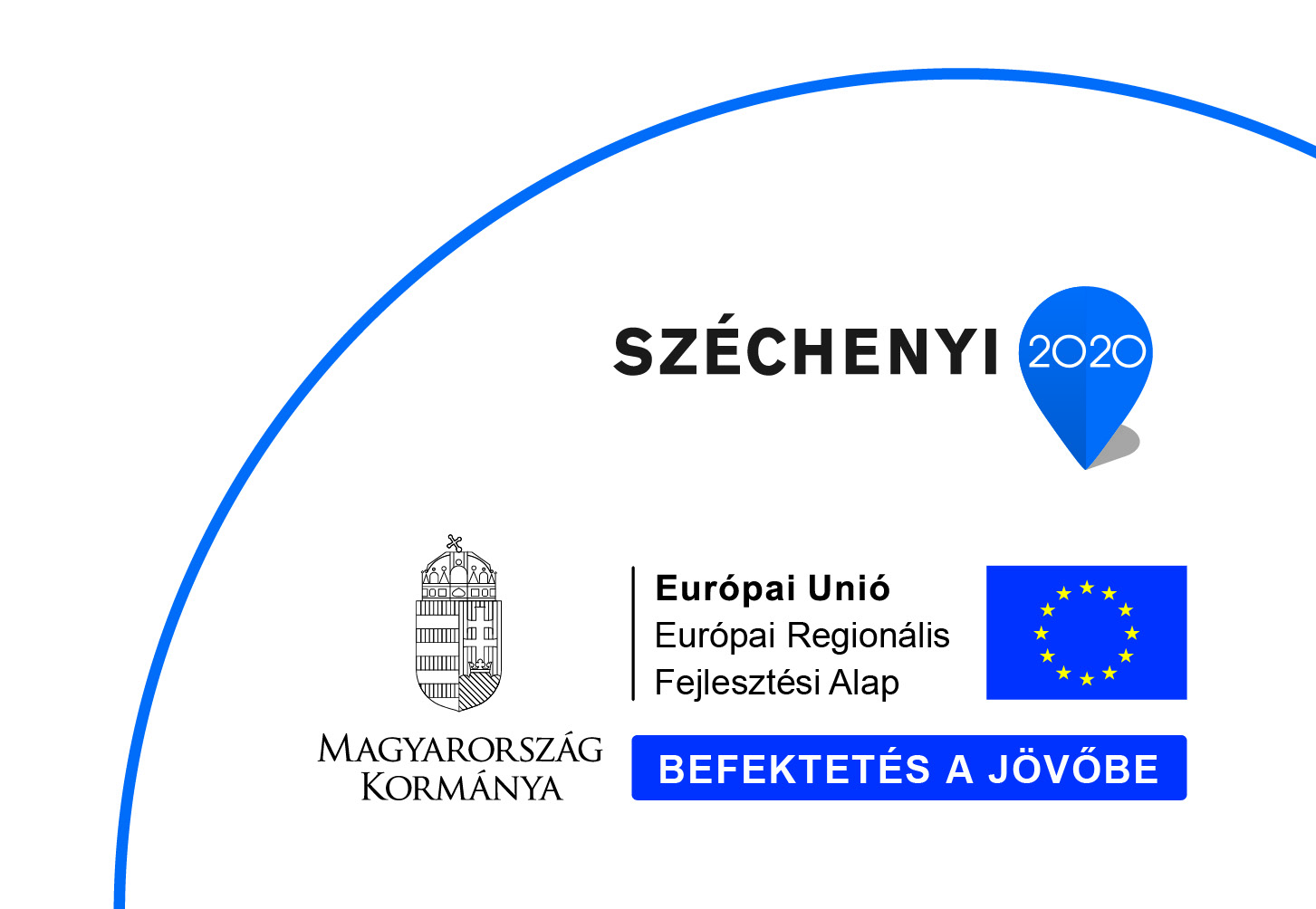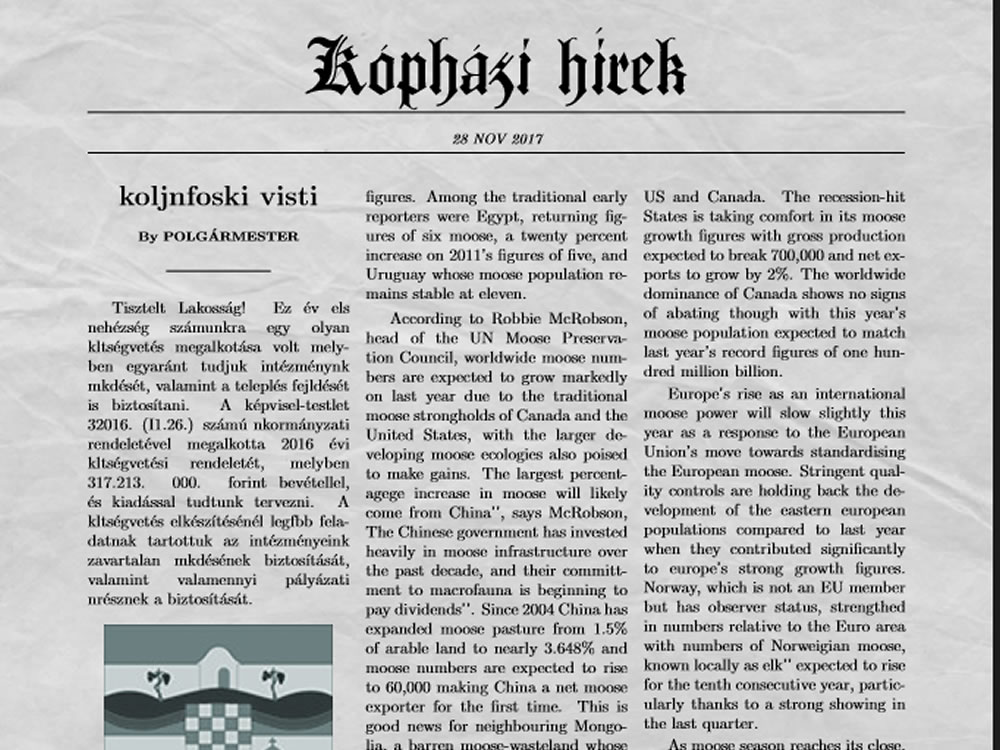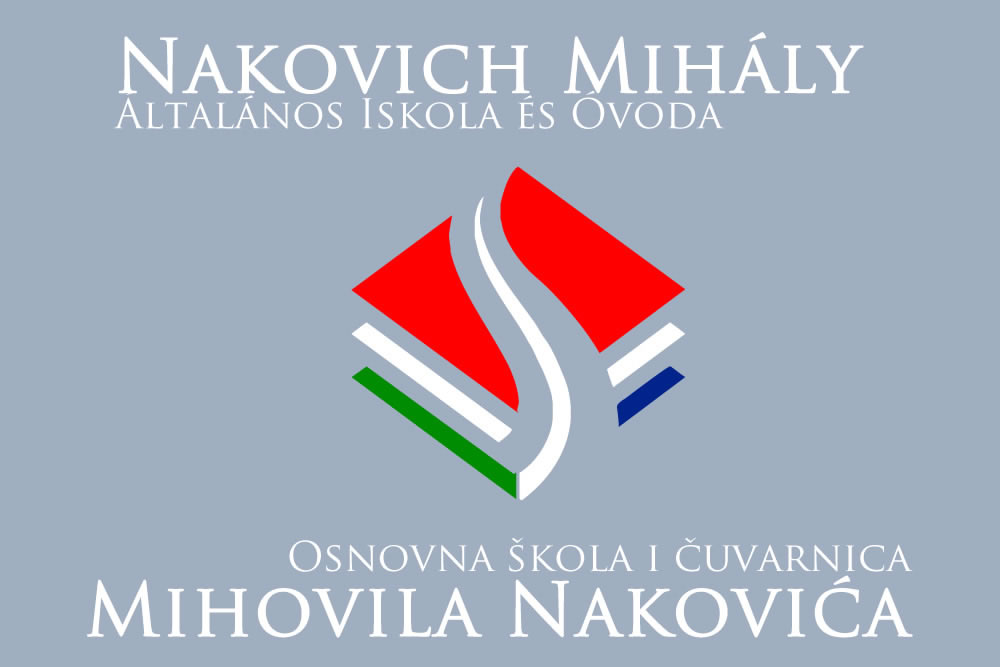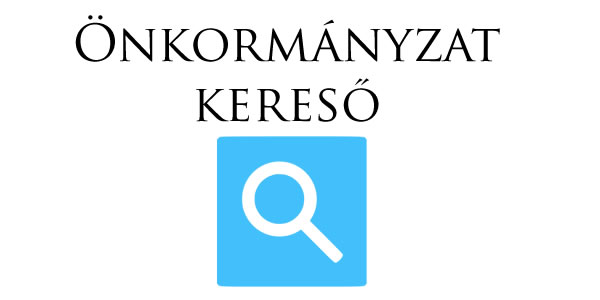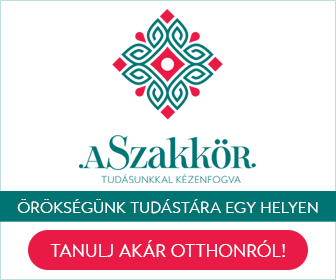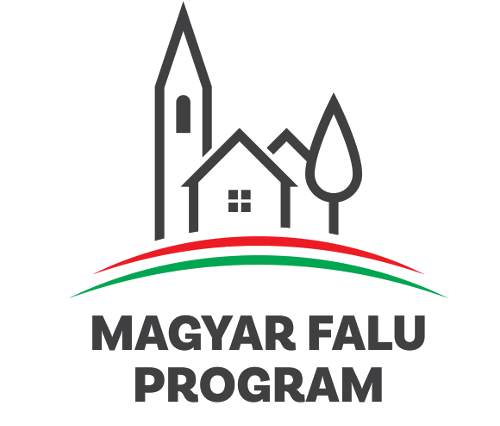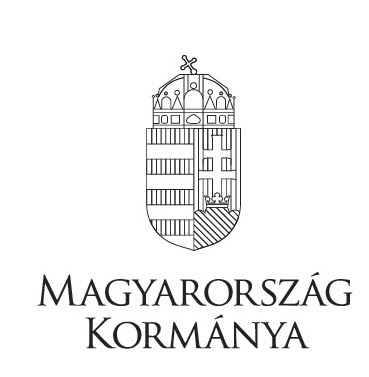Our great church was consecrated 250 years ago.
In Kópháza the church dedicated to Boldogasszony Sarlós is only a Great Church or a chapel
for everyone. When I was a child, I heard a lot from my grandmother about little Lórika, and
about how sometimes the statue of Mary swept away from the chapel to the St. Martin’s Church
on the cemetery hill. These legends are connected to historical facts, as the statue of Mary was
donated by Ferenc Nádasdy to Kópháza, and the statue was placed in St. Martin’s Church in
the first period of time. According to belief of folks, the farewell church was built by Ferenc
Nádasdy. Romantic tales and legends are part of our lives, from which we draw strength to
overcome everyday problems. Let the legends live. Dr. Jenő Vitéz Házi writes on page 197 of
his book „Medieval Church History of Sopron”: „In the folk traditions of the Croatian residents
of Kópháza historical truth can be often hidden in some form”. Knowing the works of renowned
researchers and historians and not least the writing of parish priest Ferenc Falu, the history and
age of the shrine church can be presented as follows.
A brief historical overview from the writing of former parish priest Ferenc Falu.
“András Malesits (parish priest on Kópháza from 1710 to 1738) After his death, the town chose
its chaplain Pál Behovsich as parish priest of Kópháza, at the suggestion of János Rohrer, abbot
of Nyék. From then on, for 37 years he was the powerful, creative, fiery leader of the village,
often disciplining the township to the point of rudeness. Immediately after taking office, the
Balf-Kópháza parishes, which were still economically entangled, were completely separated by
order of the bishop. Behofsich understood the way to change this arrangement in his favor when
the administration of Balf became vacant. According to the separation, the income of the parish
of Kópháza was as follows: it had 4 acres of arable land and 12 pounds of grapes, which the
village had to cultivate. Each quarters serf house received 1 meter of rye, 1 meter of wheat, 1
hen and 1 cheese. While the cotters paid him 1 forint, the servants paid him 50 denars. There
was also a fee for wood, an orary allowance estimated at 15 forints and the right to measure
wine for 9 days at Easter. Since his income in this form was only 160 forint and didn’t reach
the income of the parish of Balf, the bishop gave him 50 forints per a year from the “Cassa
Parochorum” as aid. However, in addition to these, the vicar secured additional income from
Balf.
Probably with the encouragement of Behofsich, who knew how to calculate well, the village
decided to rebuild its hostelry itself with expanded accommodation and stables, for which the
town handed over the whole year’s wine measurement to him.
However, the parish priest’s greatest deed was the construction of the farewell church. The
construction of this church, or at least a small chapel built in its place, was attributed to Count
Ferenc Nádasdy. Although according to the tradition, it may be true that Nádasdy may have
donated an ancient statue of the Virgin Mary to the St. Martin church built in the cemetery
because the serfs from Kópháza helped him with a truck and a robot to build the church and
monastery in Loretto with the city’s permission. This is confirmed by the fact that the 1659
visitation mentions the pilgrimages led there on major holidays. The church visit of 1651
doesn’t know anything about these. However, the existence of a separate chapel isn’t recorded
in Kasza’s register from 1674 either, even though Nádasdy was already dead by then.
Behofsich is the builder of the Great Temple.
In the report sent to Bishop Ferenc Zichy in 1772, he firmly states that it was built anew from
the ground up. Surely, the veneration of the Virgin Mother and the pilgrimages that have been
customary for a long time matured his decision, instead of the very narrow church he built a
much larger chapel in honor of the devotional image. In the archives of Sopron, we find the
first information about the construction in 1747, when Magdolna Schmierer bequeathed 15
forints to the chapel under construction.
Behofsich turned to the nobles living in the area and the well-to-do Catholics of the town for
donations, and especially with the large-scale support of Count Antal Széchenyi, the landowner
of Cenk, he began the construction, for which the yoke and handwork were provided by the
village. However, the donations were not enough, so the village borrowed 500 forints from the
royal councillor István Rohrer in 1748, 993 forints from the Genzel fund in Sopron and János
Poszvák from Sopron citizen in 1749 with the city’s permission. In 1749, the church was so
ready that it was possible to worship God in it. The council did not think it was right to transfer
the incoming money, so it entrusted the Catholic councillor Samuel Wischy with its
management. Antal Széchenyi had the huge main altar and the pulpit made and erected from its
interior furnishings, the button maker Nándor Schandl from Sopron donated a painting of St.
Anna to the chapel and 8 pengő forints separately for the accompanying altar. He also made a
100 forint mass foundation for the altar, to which he also donated a silver lamp. Together with
a 300-foot oil foundation, it ensured the constant burning of the lamp. Meanwhile, the
construction of the chapel continued. In 1761, the Imperial War Commissioner Károly Voss,
who had previously supported the establishment of the shrine, bequeathed another 50 forints
for the construction of the still incomplete chapel in his will. In point 12 of the will dates 1761
we read: „Started building a few years ago but has not yet been fully completed”.
The census committee of 1772 says about Kópháza that „The ancient church of the village, built
in honor of St. Martin, is so small that a larger one would definitely have to be built in its place,
if the chapel twice the size would not accommodate the people”. This chapel, built in honor of
the blessed Virgin Mother, has an annual income of 300 forints from donations and a bushel,
and the bequest capital: 400 forints. Its tower is built of wood with 2 bells, and there are 3 altars
in it. He has 7 liturgical vestments, 2 chalices with dalmatics in part, a sacrament index, 4
liturgical books, and 8 vestments for the image of grace. now it is well equipped. In this form,
despite its fragmentation, a new sanctuary was built that dominates the entire region from the
zeal of the deeply religious parish priest Behofsich. The only change in its original form was
that a little later it was expanded with two stone tower facades, and as the most significant
baroque-rococo monument in the villages of Sopron, and as the lovely place of pilgrimage for
prayerful souls proclaims the deep religiosity and willingness to sacrifice of that time. The new
chapel had a lot of visitors from the countryside, especially in the first decades, and Behofsich
needed a chaplain until the end of his life to take care of the increased tasks.
(Ferenc Falu goes on to write: „Myself, as a small child and then as an older one, I used to make
a pilgrimage from Hidegség to the Virgin Mother on foot, barefoot. The majority of the faithful
were always from the Croatian villages of Sopronkeresztúr and Burgenland, which after the end
of World War II in 1944 they couldn’t come. There is no visa border crossing, we are separated
from the border of neutral Austria by a barbed wire and manhole lock. If only God would grant
that the leaders would be reconciled, the people would be able to live out their short earthly
lives in peace”.)
A sad entry from the parish’s book of the dead: In the early days, there were guards in the chapel,
sometimes friends, sometimes civilians. About the last guard, Volume 1 of the Register of the
Dead, page 28, page 21. under number we can read the following in Latin: „21. Moribundo
adstitit: Nikolaus Mraz par: Sepelivit: idem. Nomenndefuncti: Joannes Fehérváry: Servitor
Eccla, ad B. Virginem in via Regia extra Kopház, 70 annor. Elisabetha Fehérváry Profati
servitoris filia: 14 annor .! Hi duo, pater nimirum cum sun filia nocte inter 19-am et 20-am
Septembris 803. ligati, toti concussi, fossati inventi sun. Praeciosa Ecclae: per latrones ablata.
Liberet Deus Quemgue a simili morte”.
In English: „Servant János Fehérváry at the church addressed to B Virgin, outside Kópháza,
next to the royal road, the daughter of the aforementioned servant Erzsébet Fehérváry, 70, is 14
years old, buried in Miklós Mráz parish. Both father and daughter were tied up, beaten to death
on the night of September 19-20, 1803 and completely buried they found it. The thieves took
the valuables of the church. May God save us from a similar death.”
János Bán writes in his book: It is typical of a vicar overheated with energy that when a musical
wedding procession drove an ox tied in front of his house wild with a cane, he left the musicians
and the wedding man well in place. (1764) In the summer of the same year, when the serfs who
demanded robot delivery did not want to thresh their grain, he simply called their agitator named
György Horváth to his apartment and beat him in his indignation behind closed doors.
Having grown old, he resigned from his parish on March 1, 1774.
According to Ivan Karal’s research, he was born in 1708 in Boldogasssony. He was ordained a
priest in Győr in 1733, until 1733-1735 he was a chaplain in Rabnitz Mannersdorf 1735-1736
Kaisersdorf, 1736-1738 Lekindrof 1738-1774 he was the parish priest of Kópháza, and he lived
in Lakembach from 1776-1782. He died on February 11, 1792 in his native village of
Boldogasszony (Frauenkirchen, Svetica)
The teacher of the village during Behofsich’s time was György Preiner, whose wine allowance
was changed to a cash allowance by the village (5jk. Oct. 20, 1765). In 1766, the village wanted
to choose a new teacher instead of Preiner, but parish priest Behofsich took Preiner under his
protection as someone with whom he was satisfied. For this, the council ordered the removal
of the new teacher who had already applied for the cantor exam.
The catechetical association flourished in the village, which had four flags of its own.
The people of the village were without exception Catholic and in 1772 there were 560
inhabitants over seven years of age and 223 under that age.”
250 years ago, our great church was built with the great cooperation of rich people, nobles, and
the village population.
It would be nice if we could show the same solidarity in connection with the anniversary and
celebrate this significant anniversary in a dignified manner



